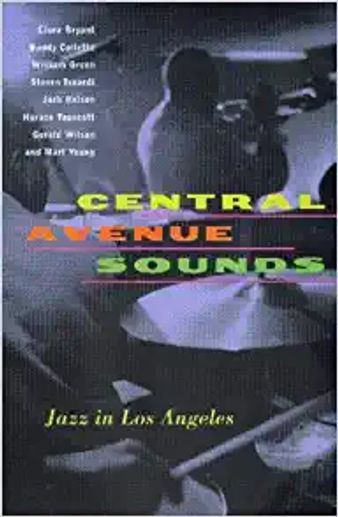A big thanks to all our recent donors!
About Us

Our History
Board of Directors
Our History
From the 1920s to 1950s, Central Avenue was the hub of the West Coast jazz scene and known all over the world as “the Avenue”. From the Dunbar Hotel to Elks Hall, Central Avenue had it all and was the heart and soul of Los Angeles thriving African-American community.

Our Mission
Board of Directors
Our History
Founded in 2015 by community stakeholders and activist, Historic Central Avenue Association is committed to nurturing the beauty, character, African American historic significance and rich cultural diversity of the Central Avenue district in South L.A.; our circle of volunteer board members and stakeholders will cultivate and manage pub
Founded in 2015 by community stakeholders and activist, Historic Central Avenue Association is committed to nurturing the beauty, character, African American historic significance and rich cultural diversity of the Central Avenue district in South L.A.; our circle of volunteer board members and stakeholders will cultivate and manage public and private resources to promote cleanliness, safety and cultural activities to support well-being, thriving commerce and positive interaction among all who live, work and visit the neighborhood.

Board of Directors
Board of Directors
Board of Directors
Officers
Yolande Bankston- President
Akeemi Bogertey- Vice President
Jonathan Zeichner- Secretary
Monica Mbeguer- Treasurer
Members
Clent Bowers
Horace Bowers Sr.
Johnny Vera
Sonya Greenland
Allison Jefferson
Great Reads
Swingin' On Central Avenue
Swingin' On Central Avenue
Swingin' On Central Avenue

In Swingin’ on Central: African-American Jazz in Los Angeles, a new study of that vibrant jazz community, music historian and jazz journalist Peter Vacher traveled between Los Angeles and London over several years in order to track down key figures and interview them for this oral history of one of the most swinging jazz scenes in the United States.
Images of america
Swingin' On Central Avenue
Swingin' On Central Avenue

From Downtown Los Angeles to the largely undeveloped city of Watts to the south, Central Avenue became the center of the West Coast jazz scene, nurturing homegrown talents like Charles Mingus, Dexter Gordon, and Buddy Collette while also hosting countless touring jazz legends such as Duke Ellington, Louis Armstrong, and Billie Holiday.
central avenue sounds
Swingin' On Central Avenue
central avenue sounds

The musical and social history of Los Angeles's black community from the 1920s through the early 1950s comes to life in this exceptional oral history collection. Through the voices of musicians who performed on L.A.'s Central Avenue during those years, a vivid picture of the Avenue's place in American musical history emerges.
Historical Photo gallery
Charlotta Bass, left, in front of the California Eagle’s printing plant at 1607 East 103rd Street in Watts. Courtesy of Southern California Library
This website uses cookies.
We use cookies to analyze website traffic and optimize your website experience. By accepting our use of cookies, your data will be aggregated with all other user data.